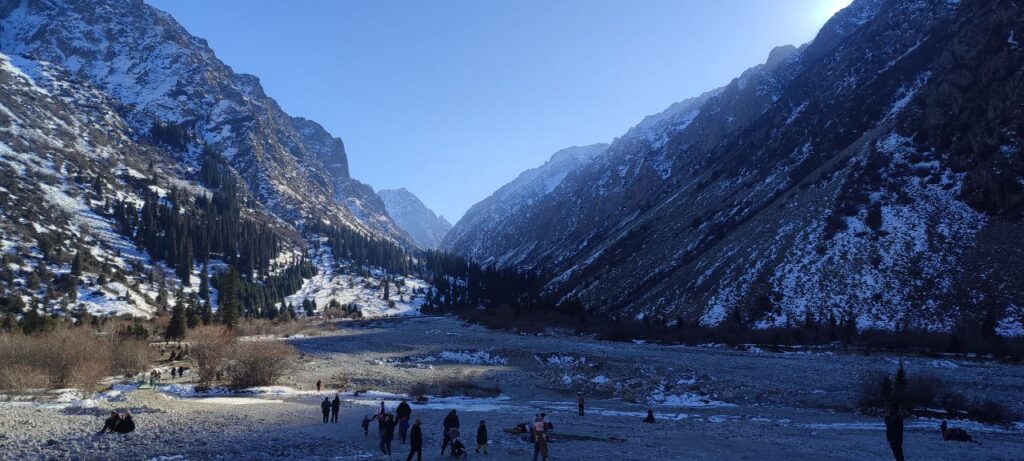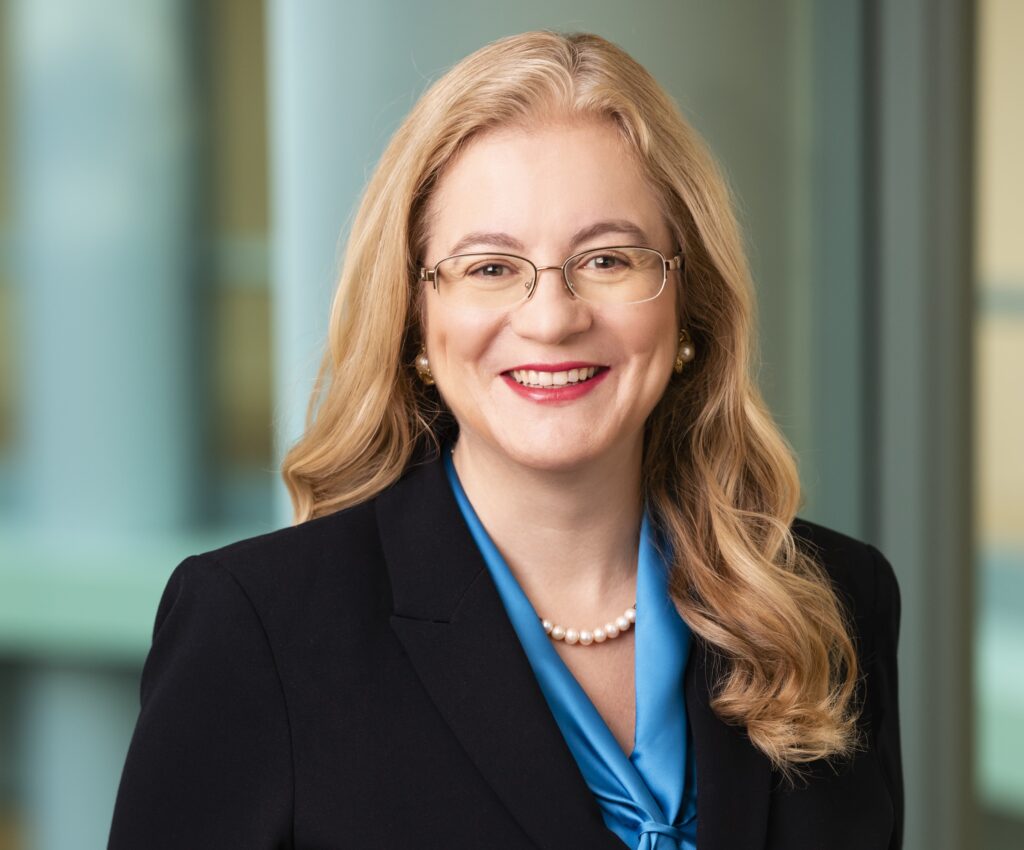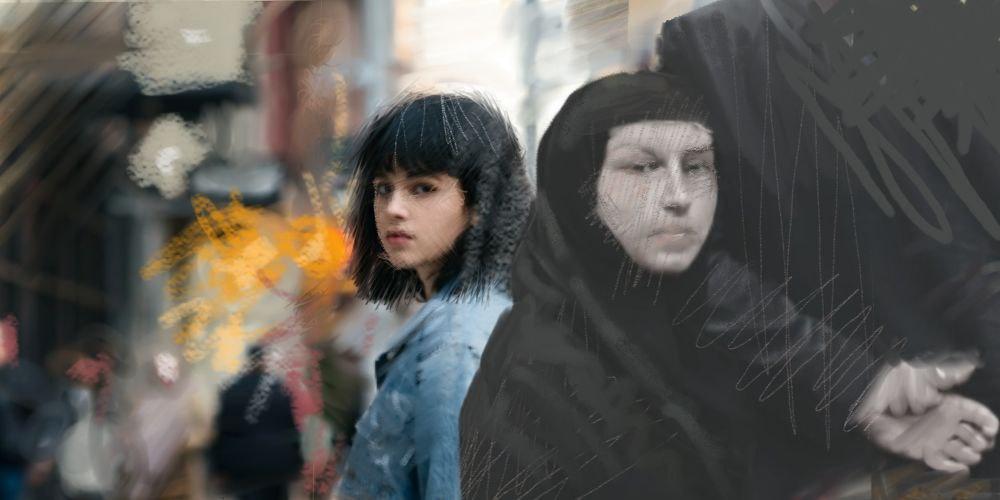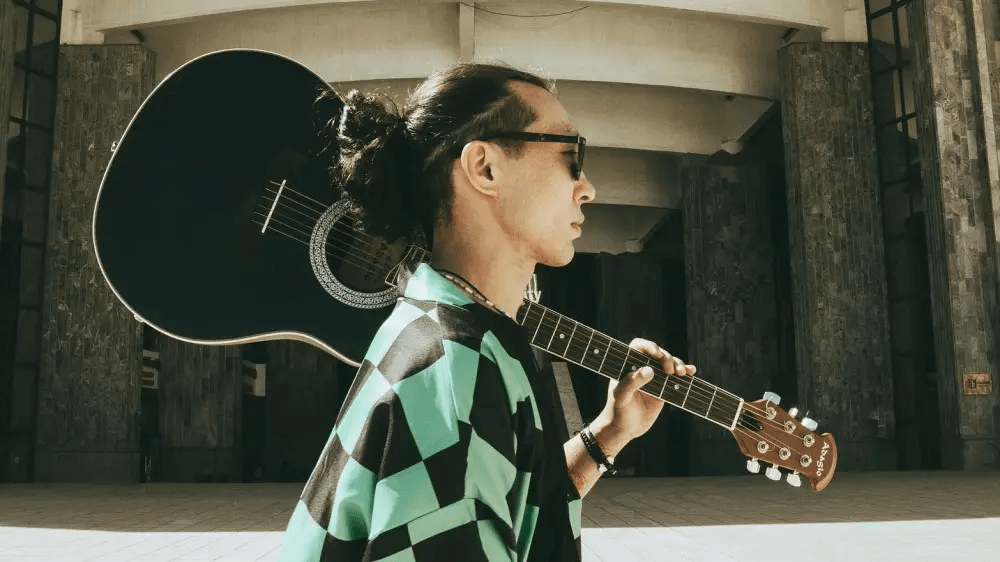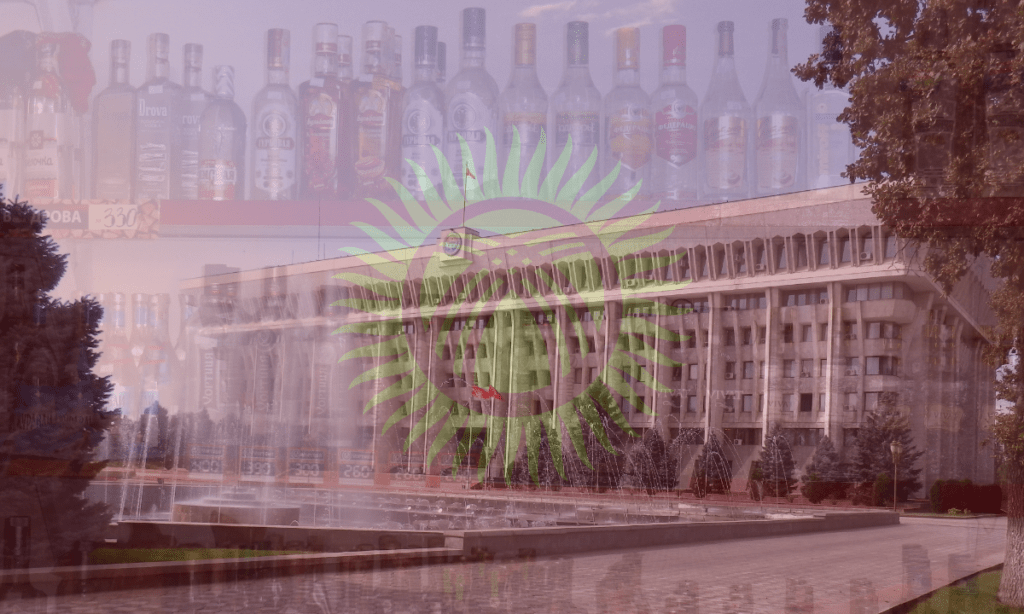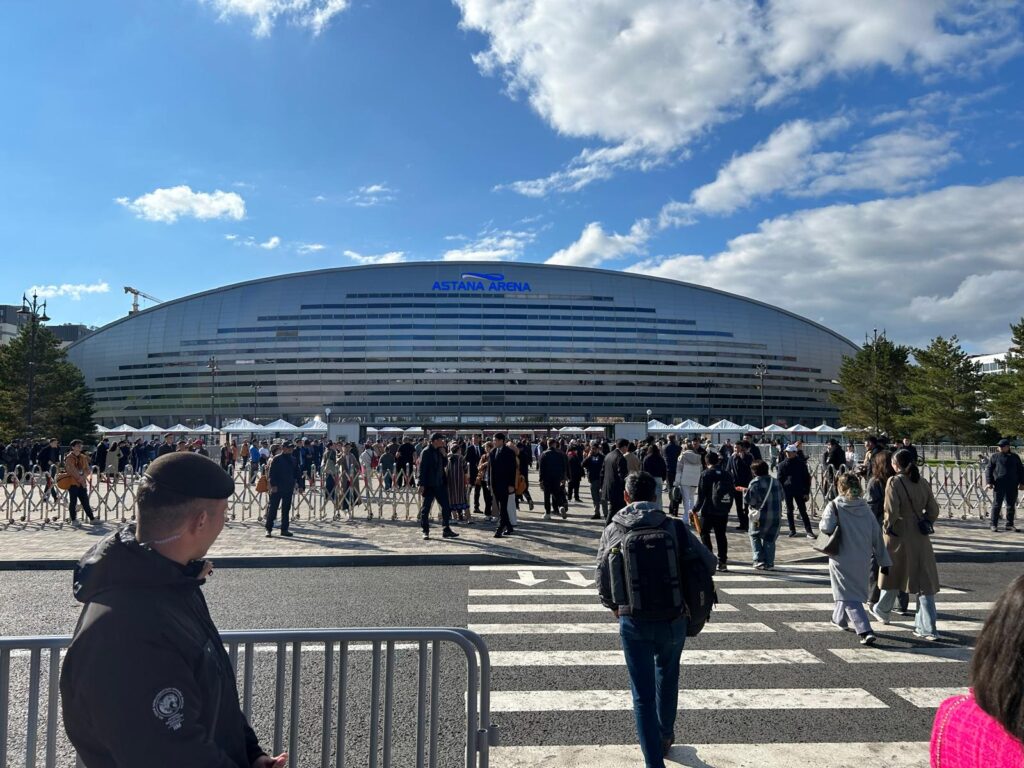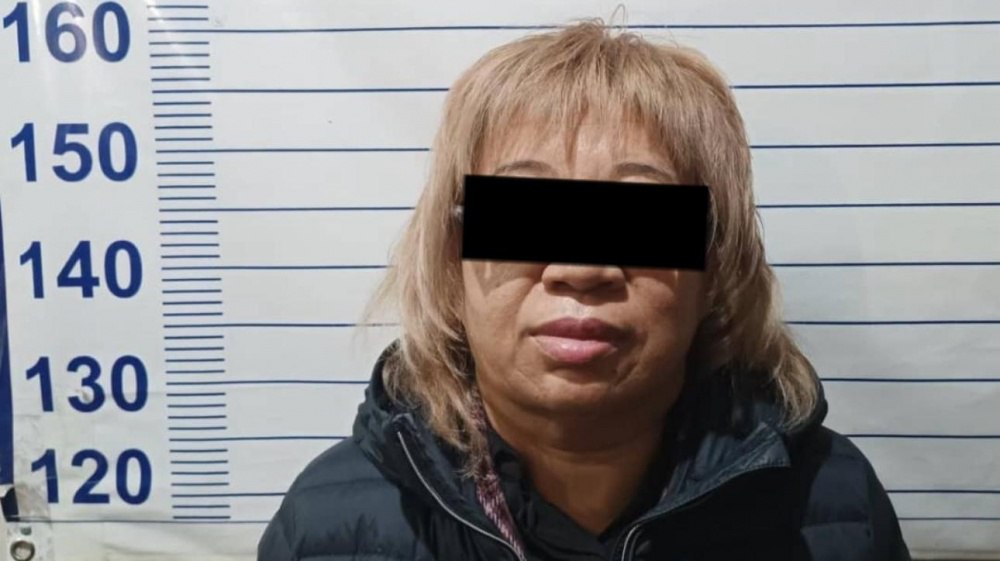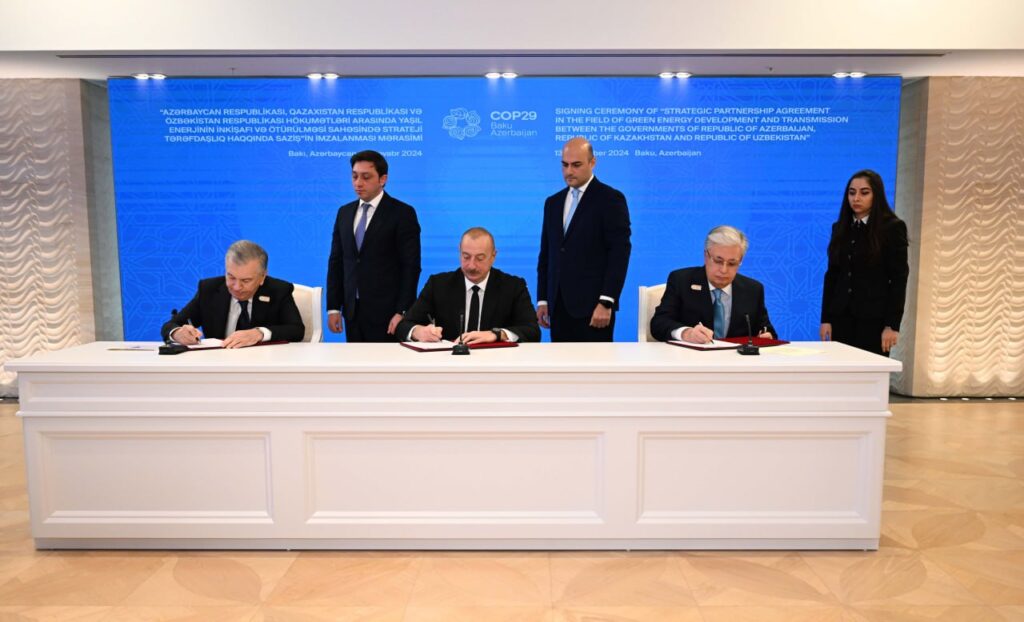Saida Sheikhova is a well-established artist from Kazakhstan, now living in Prague, whose work has garnered an international following. In conversation with TCA, Saida shares her creative path, sources of inspiration, and the challenges and opportunities faced in promoting her art abroad.
TCA: What inspired you to take up painting?
I started drawing at the age of three. There was an art class at day-care and I spent all my time there. My drawing teacher, Elvira Saparbayevna, noticed something unique in me. By way of encouragement, she introduced me to different materials, techniques, as well as work by famous artists, and I became more and more immersed in the art world. Hearing stories about what inspired people in the past to create art, I found it strange that most were motivated by religious or historical subject matter and determined to follow a different path.
TCA: How did your career develop?
I enrolled in the Art School Vivat, opened by my kindergarten teacher, where I gained a basic knowledge of art history and gathered together a huge portfolio. During that period, I participated in several exhibitions, including ‘Friendship of the Peoples of the World’ at the Museum of the President of Kazakhstan in 2019, as well as auctions and UN projects. I devoted my summer vacations to drawing, which led to my winning the International Festival ‘Children Draw the World Asia’ in 2017, organized by UNESCO. During the pandemic, I entered and won awards in online competitions on themes of ecology and animal protection within the framework of the UNESCO’s ‘Children Draw the World’ project.
After graduating, I wanted to study in Europe and then if possible, move on elsewhere. Prague was the most affordable option and getting a visa was relatively straightforward. On arriving in the Czech Republic, I participated in exhibitions and competitions at the university. Thanks to the Erasmus+ exchange program, I spent a semester in Italy, where I discovered new techniques and approaches to creativity which helped define both my style and how I wanted to showcase my work.

@ssayashh
TCA: What inspires your art?
Inspiration comes unintentionally. It can be a beautiful shot from a movie, stories of friends, a vivid emotion, or current problems. When an idea pops into my head, I try to sketch it out or write it down so that I always have something to draw in the future.
TCA: How does Kazakh culture influence your practice?
Kazakh culture influences my perception and interpretation of things in many ways. I often hide or insert traditional Kazakh objects and ornament in my art and use their symbolism to enhance the concept behind the work. I also raise social issues related to contemporary problems in Kazakh society.

TCA: What are the challenges in representing your art abroad and how do you overcome them?
The main challenges relate to cultural differences and language barriers. Certain topics, relevant in Kazakhstan, may not be understood in Europe. For example, body positivity is criticized in Kazakhstan, but has not been relevant in Europe for a long time. Fortunately, I have found a community of people who speak English and foreign artists with whom I share my ideas and projects. There are many newcomers to the capital who resonate with our issues, and my lighter works are sold to local patrons and foreigners alike.
TCA: What aspects of Kazakh history, traditions and nature inspire your art?
Traditional Kazakh ornament and patterns provide an inexhaustible source of inspiration. I integrate them into my work, creating a visual link between the past and present. Kazakh music and poetry, especially the songs of akyns and kuys on the dombra, also inspire me. The landscapes of Kazakhstan, such as the Altai and Tien Shan mountains, serve as references for the textures in my paintings.

@ssayashh
TCA: What opportunities does the international art scene offer Kazakh artists and what advice would you give to those who aspire to succeed abroad?
The international art scene opens up many opportunities for Kazakh artists including cultural exchange, networking, and participation in festivals and competitions. It is important to find like-minded people who will help promote creativity. My advice to artists would be to not to fear talking about their work and or in making themselves known. New acquaintances lead to new opportunities. It all boils down to positioning yourself and your ideas confidently.
TCA: Is there a community of Central Asian artists in the Czech Republic?
Unfortunately, I haven’t met any Central Asian artists here in Prague and most of the people within my circle are foreigners who have come to the Czech Republic from different parts of the world. This may be due to a certain limited consciousness of people from Kazakhstan, who are not always open to new things.
TCA: Did you experience difficulties in adapting to life abroad?
The main difficulties were loneliness and making new acquaintances. At first I thought it necessary to learn Czech. However, as soon as I started attending exhibitions and cultural events, I got over my shyness. Over time, you get used to everything.
TCA: Do you think it is easier for an artist to develop their practice in Europe than in Kazakhstan?
It depends on the artist and their style. It is important to have the support of other like-minded people and exploit the freedom of expression afforded in this part of the world. In Europe I feel free to express myself, whereas in Kazakhstan it can be difficult to fight against misunderstandings of society. What is important to me is an environment where you can express your ideas freely without fear of the consequences.
TCA: Which artists from Kazakhstan inspire you?
The artists I most admire in Kazakhstan are the Ozbren (Instagram: @ozbren.xyz), Sayan Baigaliyev (Instagram: @sayanbaigaliyev) and Yerlan Tanay who works in the film industry (Instagram: @yerrekke).

